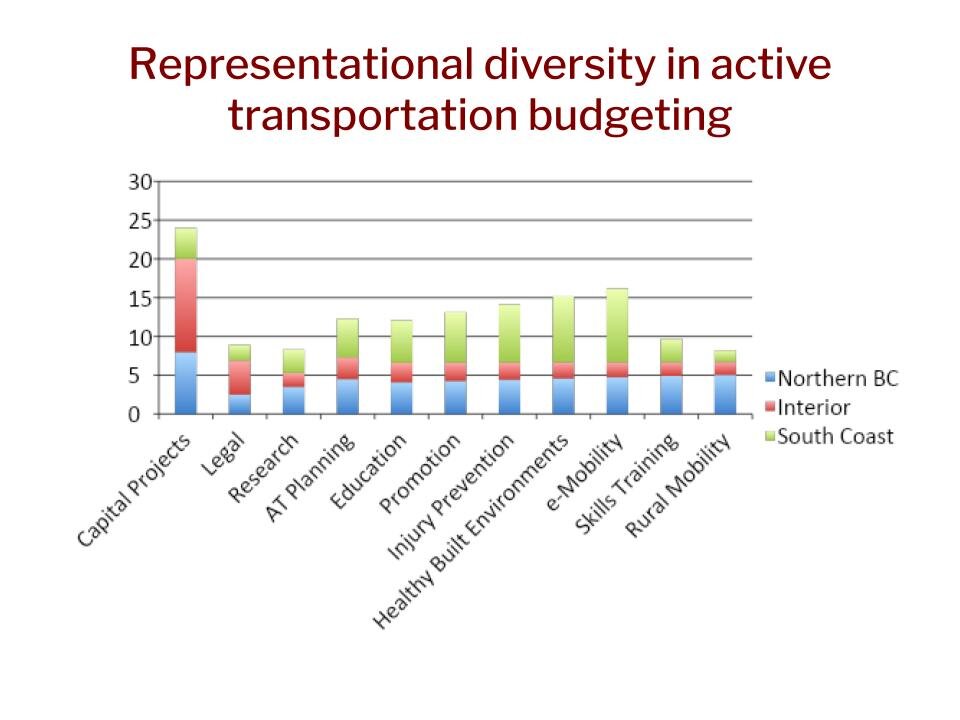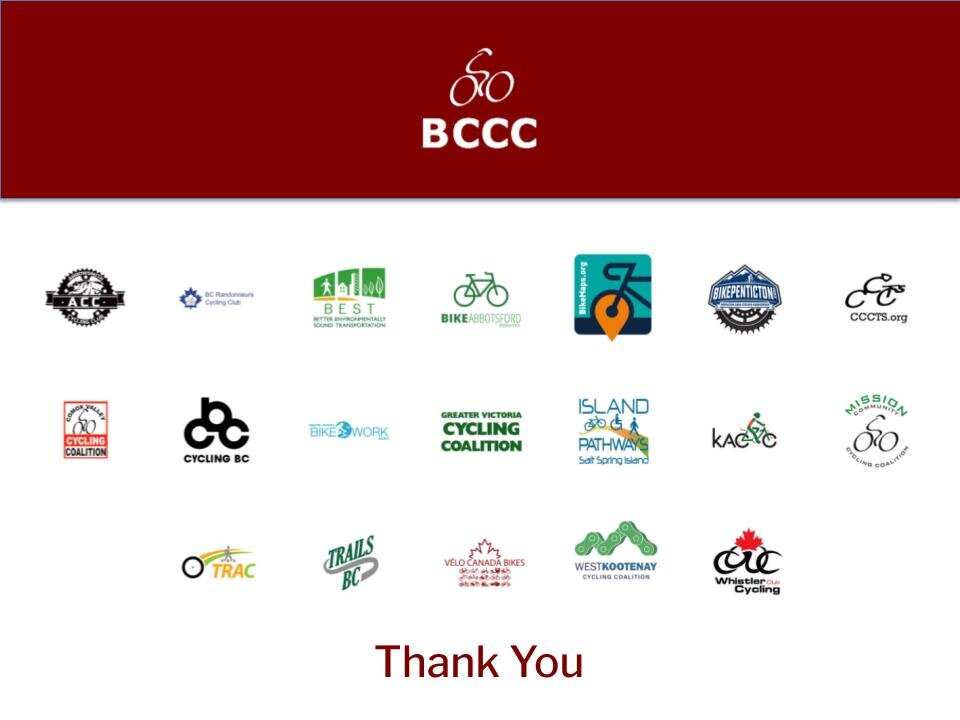
Good afternoon. As we’re in the midst of a major pivot year globally on so many fronts, I wanted to begin by reflecting on a particularly compelling big picture view of the past 30 years in this province, from the perspective of CleanBC –greenhouse gas and our commitment to lowering emissions over the next 10+ years

Since 1990 we’ve seen only a 14% total increase in GHG emissions, surprising mainly considering a 50% increase in population. While a 30-year average growth rate of half a percent is good, it needs to go down consistently for the next decade.

The one category consistently rising, pulling everything else up along with it, is transportation, in orange.

And within transportation, the problem is road transportation - 82% growth over 30 years.

Road transportation has generated almost 8kt of GHG emissions on its own, zero-emission vehicles and renewable fuels will help bring about reductions, but over 10 & 20-year timeframes. If 10% of British Columbians were to replace much of their driving with cycling, walking and transit, one-third of our 10-year transport-related CO2 reductions goals could be met in one year. And the pandemic has demonstrated that collective behaviour change is possible, and can have almost immediately measurable atmospheric effects.

The health impacts of carbon-based transportation - these numbers come from the BC Injury Research & Prevention Unit, BC Medical Journal and ICBC. There’s overlap here, we’re looking at different years, and we’re not even accounting for the indirect negative health outcomes like chronic disease - but this adds to the sense of scale that we’re working with.

Lastly, the up-front material costs of motor vehicle transportation, again per capita. A similar cost scale to what we see in environment and health.

So it’s startling to see what is believed to be the cost of all investments in active transportation to British Columbians. A fraction of a percent of what is spent on the whole of transport.

But we know all the benefits of more cycling and walking, especially in place of motor vehicle trips. I recommend reading Todd Litman’s “Evaluating Active Transport Benefits and Costs” for a deeper dive into these topics. As he reminds us, 10-20% of local trips are made entirely by active modes (which include transit). Cities like Vancouver have demonstrated AT can grow to over 50% of mode share. All British Columbians can make the shift. We’ve proven it already.

We know government is doing a lot, particularly the ministries here in blue– “the usual suspects” related to cycling and walking advocacy– but also in tourism, small business and economic development, skills and training development, Indigenous relations, parks, BC Ferries, and Translink.

What we’d like to see is globally competitive per capita investment in active transportation. Comparable examples of such spending exist worldwide.
We’d like to see the Active Transportation branch of MoTI have broad control over a much larger budget, and authority to establish a cross-ministry Centre of Excellence to help raise the bar for active transportation expertise across the province. Call it Mobility BC.
Lastly, work with outside groups more. Use our collective skills and experience to make mobility work across BC.

Invest more, but also show us the money. As Sam Sullivan once said, “budgets are the sincerest form of rhetoric.” Show British Columbians your level of sincerity – how much is being spent, and where.

The return on investment is not measured in per capita spending. It’s two other types of measures. First, we believe an additional 6mt of GHG reductions is possible thru “Get to work on getting rid of gridlock’ – the Move Commute Connect goal that’s about increasing active transportation. It needs a firm goal, and we think with the right investment, it’s possible.

Two, that injuries and deaths go down – by half, by two-thirds, to zero. This, combined with emissions reductions, would mean we’re meeting all our other goals related to safety, equity, and accessibility.

Lastly, and beyond the numbers, we’re also supportive of he symbolic power of delivering on big moves in this area. The community impact and almost instant uptake of the smallest, most intimate cycling infrastructure project – a few blocks of calmed roads, or bike lane or even new signals and crossings at an intersection – is very real. So think of the effect –national, global even – of using funds typically seen as a rounding error to make big moves that not only move people, they can help reshape this province – these are just a few such efforts that our organizations believe are worthy of attention, and investment.

On behalf of all British Columbians, and particularly the groups in our coalition working to advance active transportation and equitable mobility options, we thank you for your time and consideration.
















